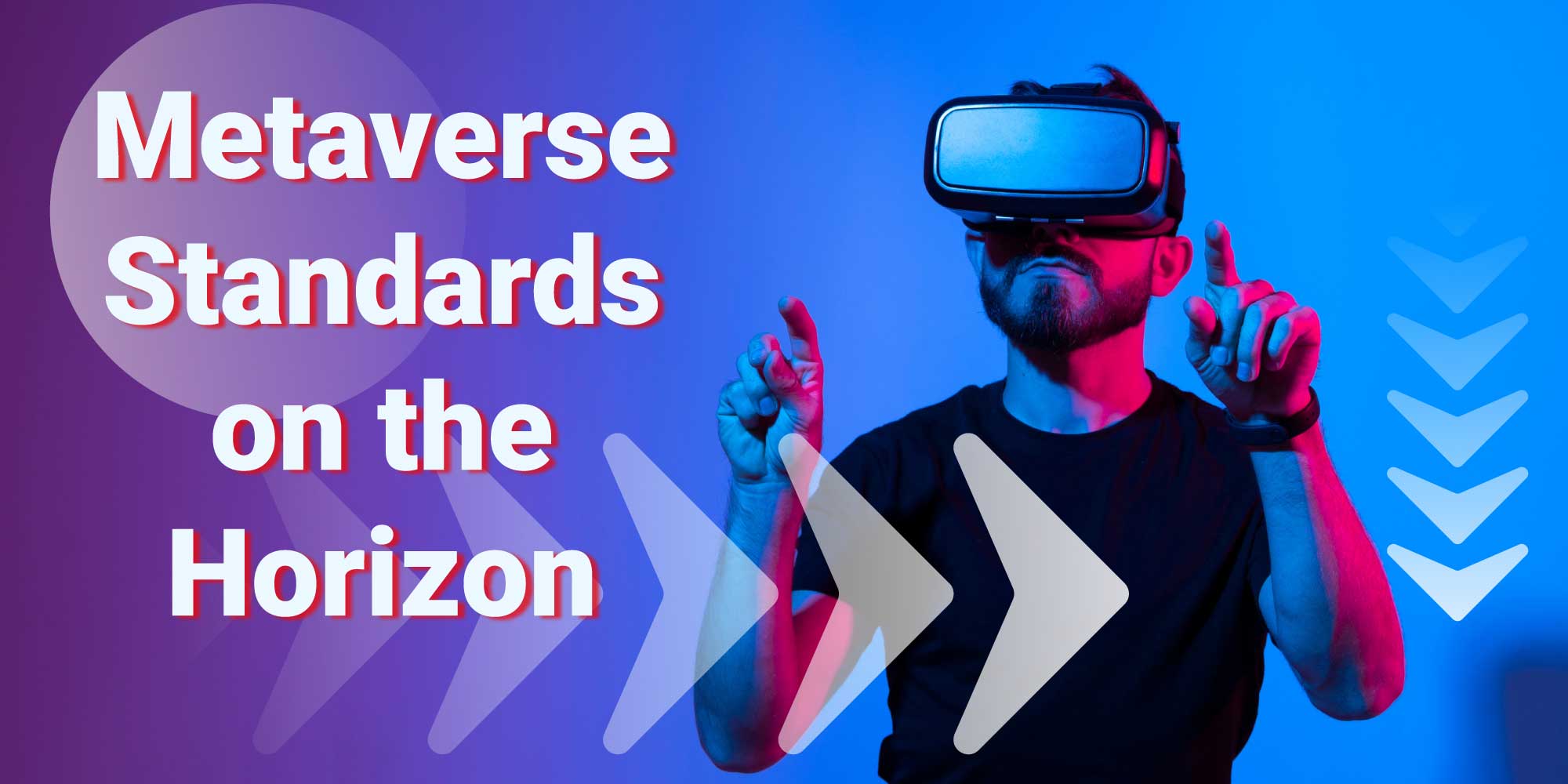Hello, and welcome to another post on the Metaverse! If this is your first time here, go check out some of our other Metaverse posts before diving into this one. It’ll help explain what you’re about to read. Today, we’re talking about standards being set regarding the Metaverse. Without any further ado whatsoever, I invite you to grab a cup of something cold (it’s hot out there), settle in, and get to reading.
Before I start rambling on, let me explain what creation standards are and why they exist. You probably already know about the Internet standards, and if you don’t, we have a pretty cool post here on the blog that explains it. You’ll want to give that a read before continuing also. While I could restate it here, that would make this post crazy long, and I know you have other things to do. You can always backtrack and read it later, too.
Back to the matter at hand: Creation Standards
Creation standards exist so users (that’s you and me) can navigate seamlessly between things and writes rules about who can own what. For a free and open Metaverse, no one entity can actually own the platform. It needs to be built based on a set of standards so anyone can add things to it. As you’ve probably realized, some things already exist, and the folks who programmed those things (wrote the code) made them so anyone can access any of them with the same equipment. New tools will be made to assist in creating those “things” we’ll all want to know and use (and buy) once the Metaverse is launched on a global scale.
Trust me, you want your Metaverse to be interoperable. That means you’ll be able to access it with an X-Box, PlayStation, Google Glasses, Oculus, iPhone, and so on without any kind of hiccups happening.
Now, the Khronos Group has created The Metaverse Standards Forum so companies big and small have a say in how these standards will be created. Along with the standards will come rules, much like the ones that govern the Internet. This forum is aimed at connectivity and spatial computing. What that means is that the connection/interaction between real-world objects and virtual objects will be seamless.
Remember, your 3D avatar will need to be able to interact with 3D objects. It’s not as easy as importing an image across platforms, and there can’t be designers working on every single platform who create that glass vase you want to put those flowers (that will never die) in. You need to be able to purchase something and move it where you want it.
Enter the Metaverse Standards.
There are standards for nearly everything you use when you play games, even though you may not realize it, and the Khronos Group are the ones who oversee it all. Once they have a good set of standards put in place for the Metaverse, things can really start to move forward. Tools for creators will be developed, and things will start moving at light speed. This is how games like Fortnight and Roblox were created, too.
If you’re a gamer, programmer, or an average Joe, this should make you sit up and pay attention. The Metaverse is the future of social interaction (what did we learn from Covid?), and people will flock to it once it’s operable. Pay attention when you’re out and about. Look at the gamer suites opening up in malls. It won’t be long until you’re paying to rent a chair.
We hope you found this article interesting and useful! If you didn’t, we’re super sorry, but this is what we write about (this writer, anyway). Stick around and check out some of our other Metaverse articles if you haven’t already. Thanks for reading, and we hope to see you back next time!




